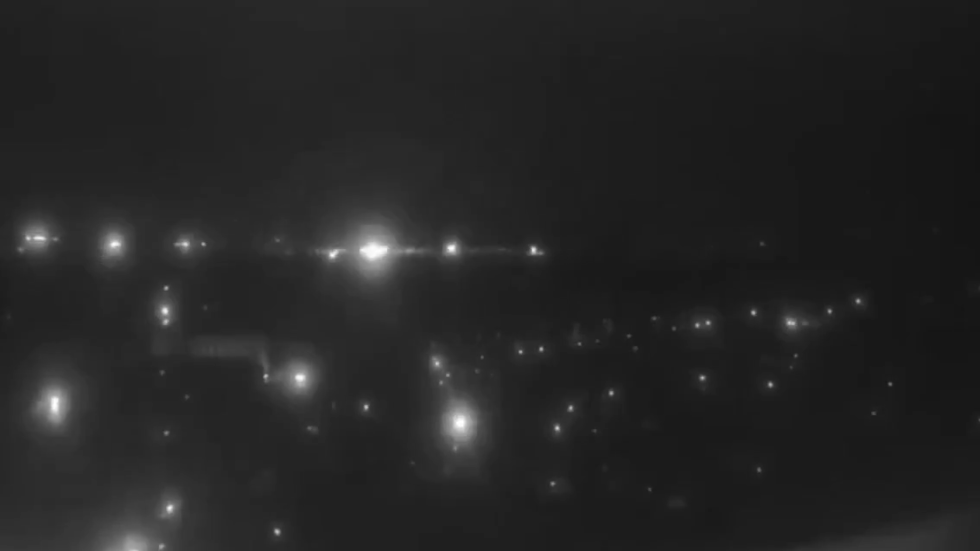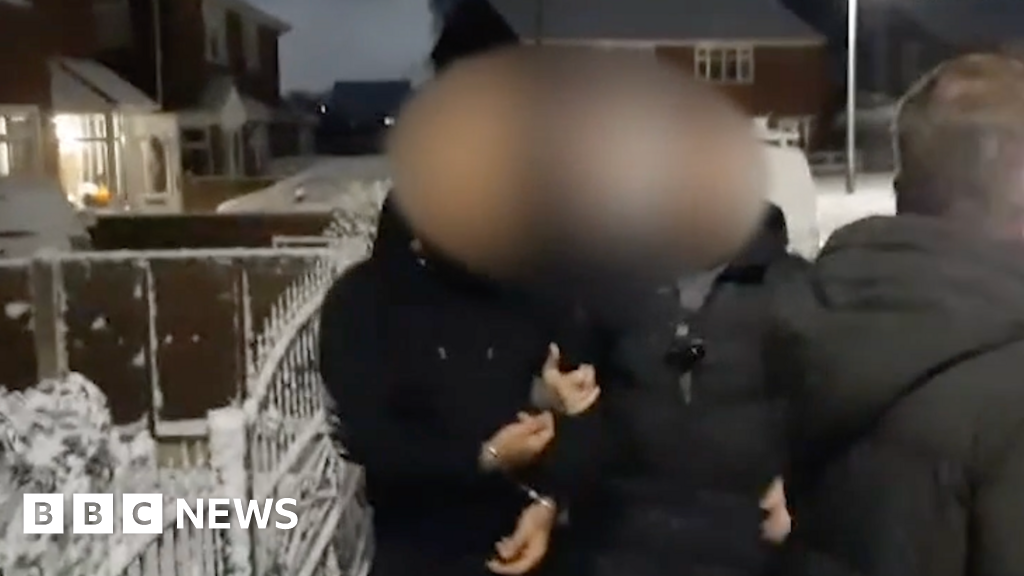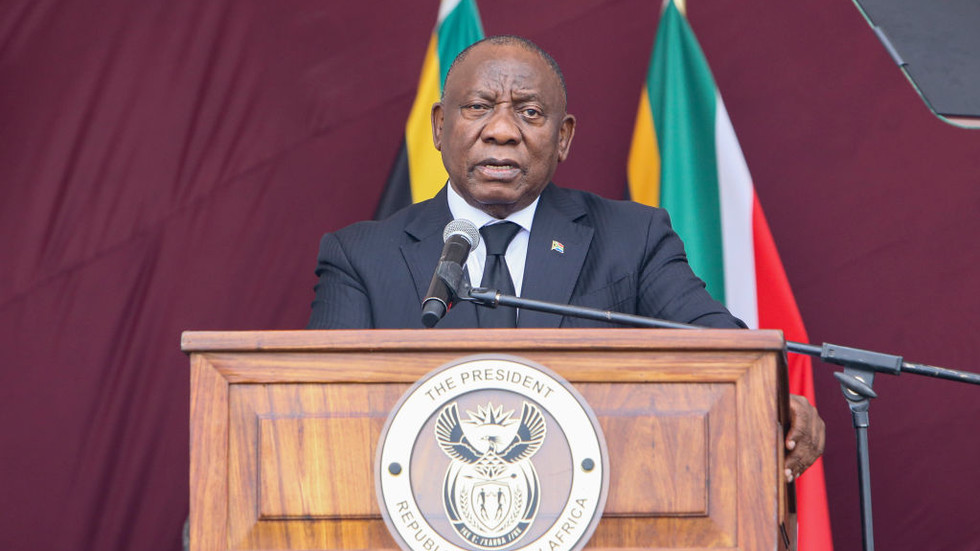In an AI-generated image that has gone viral, tent camps for displaced Palestinians can be seen against a backdrop of mountains. The white tents are arranged in such a way that the words "All Eyes on Rafah" can be read.
The image has been spreading across social media since May 27, the day after an Israeli airstrike killed dozens of civilians in the southern Gazan city of Rafah. Israeli Prime Minister Benjamin Netanyahu has called the attack, which has prompted widespread condemnation worldwide, a "tragic mistake."
More than 47 million Instagram accounts have shared the picture since a Malaysian user named shahv4012 posted it as a template, a feature on the social media platform that enables people to easily share content via their own accounts by tapping the "add yours" button.
The fact that several internationally known celebrities, such as British-Albanian singer Dua Lipa, Indian Bollywood stars Varun Dhawan and Priyanka Chopra and British F1 driver Lewis Hamilton, shared the image as well has contributed to the virality.
Where did the "All eyes on Rafah" slogan originate?
"All eyes are on Rafah" was first used at a news conference in February 2024 by Rik Peeperkorn, the head of the World Health Organization's office for Gaza and the West Bank, after Netanyahu announced the army was considering an "evacuation plan" ahead of a long-planned ground incursion into the city.
The phrase particularly gained prominence, both online and offline, after Israel intensified its operations in the southern Gaza Strip along the Egyptian border, an area where hundreds of thousands of displaced Palestinians have sought refuge.
Human rights organizations, NGOs and all those showing solidarity with Palestinians adopted the slogan to highlight that Rafah was one of the last supposedly safe areas for Gazans and to draw attention to the plight of civilians trapped there. Save the Children International and Oxfam have used the phrase in statements and social media posts.
Data from Google Trends show that the phrase has been searched for on Google, and it has been used by protesters all over the world calling for a cease-fire in Gaza.
Viral artwork and AI-generated pictures comment war
Hours after the Israeli airstrike on May 27 set a tented area for displaced people in Rafah ablaze, horrific pictures of charred bodies of women and children also began spreading on social media. Many of the graphic posts were removed by platforms for violating guidelines, but AI-generated images depicting scenes from Gaza in an artistic manner were not subject to the same restrictions, and were thus easier to share.
Several illustrators have started depicted what is happening in Gaza in their work. One widely shared drawing by the Egyptian artist Yassin Mohamed shows a father holding a headless child with a flower in place of the child's head. It was inspired by one of the videos of an Israeli attack on a refugee camp that went viral.
In response to the "All Eyes on Rafah" slogan, certain pro-Israel accounts have started sharing another AI-generated picture that shows a Hamasgunman standing over a baby, with the caption: "Where Were Your Eyes on October 7?"
This picture, whose colors and composition resemble those of the "All eyes on Rafah” post, refers to the attack by Islamic Jihad and Hamas, a terrorist group according to Israel, Germany, the US and others, on southern Israel on October 7, when about 1,200 people were killed and some 240 others were taken hostage.
AI-generated images have become an important element in the ongoing war in Gaza. Both pro-Israeli and pro-Palestinian accounts have used fake images to spread misinformation about the war, and utilized bots and inauthentic accounts to augment their reach and influence public perception of trends and popularity.
Israel declares 'full control' of Gaza-Egypt border
Edited by: act, cb

 5 months ago
28
5 months ago
28








